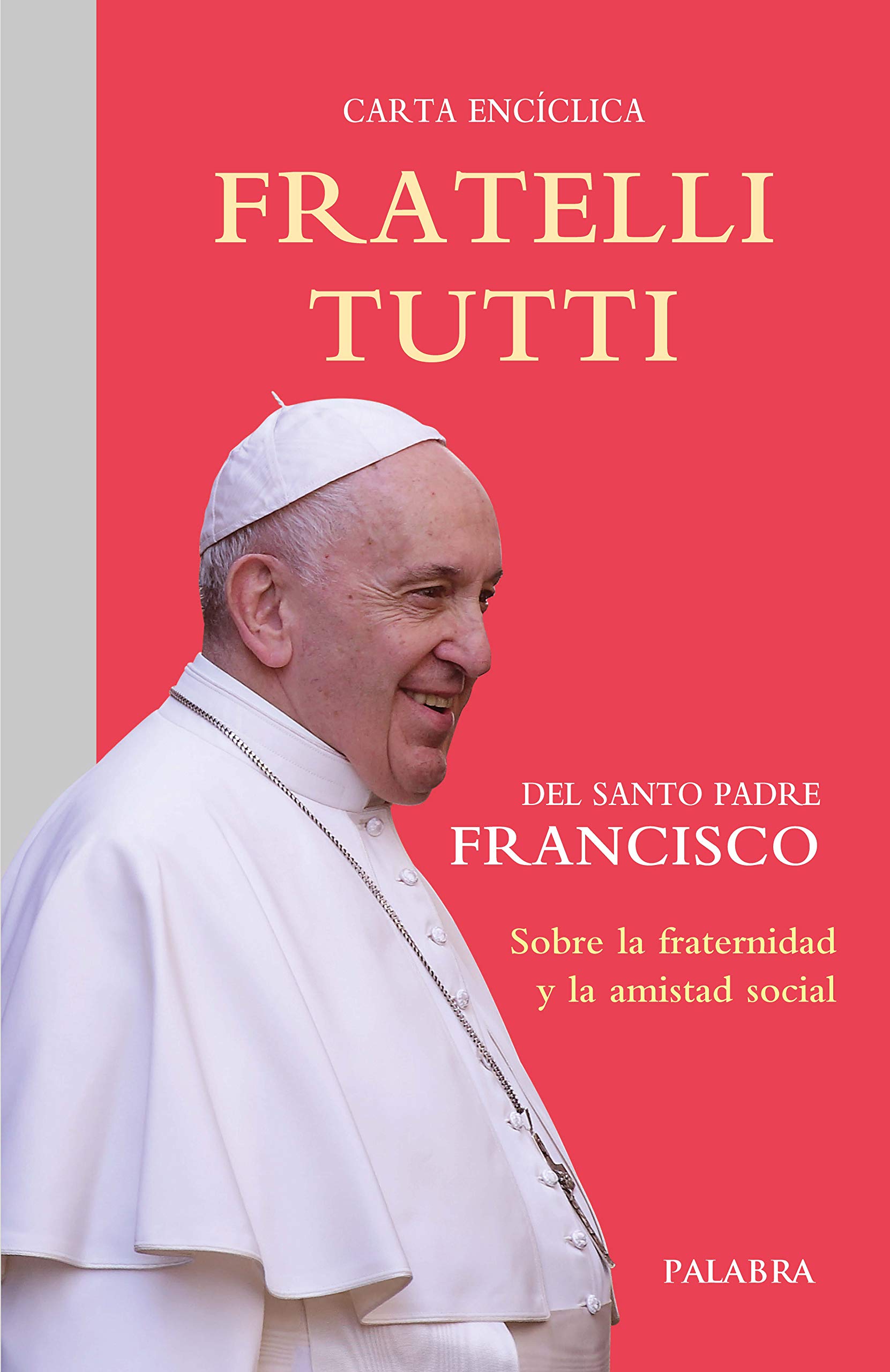Lesson 7: Unity in Diversity
 The call for unity in diversity emerged as one of the hallmarks of Vatican II. It was used in a variety of contexts during the Council and remains a helpful guideline for a servant church speaking to a global society.
The call for unity in diversity emerged as one of the hallmarks of Vatican II. It was used in a variety of contexts during the Council and remains a helpful guideline for a servant church speaking to a global society.
I think it initially appeared in the first session when discussing the liturgy. Maximos IV, the patriarch of the Greek Melkite Church, argued bishops should be given the authority to decide the language to be used in their own areas. The need for evangelism to speak with clarity took priority over the desire of an imperial institution to impose uniformity.
Diversity within the church herself was recognized as a positive gift that contributed to the common good. This was certainly Paul’s position in the New Testament (e.g. I Corinthians 12-14 and Ephesians 4) when he repeatedly spoke of apostles, prophets, teachers, evangelists, healers, power workers, tongue speakers, and others working together in love. And he made not insisting on your way one of the distinguishing marks of Christian love.
The frequency of Paul’s admonitions suggests unity was not easily achieved in the early church. Yet even though it was clearly a desired goal, its pursuit never entailed denigrating or silencing any of the spiritual gifts. The unity of the community involved each part respecting the other, not using power to assert its authority. Many of us agree with Vatican II that the common good in our day involves recognizing that the laity are intelligent, educated people whose gifts are to be prized and utilized. There is nothing wrong with the clergy speaking of the need for faithfulness as long as faithfulness is not necessarily how one set of church leaders defines it.
But unity in diversity was also employed in the context of the present brokenness of the Body of Christ. A major question in the modern church is how will we ever restore our unity. For many centuries, those with special gifts have started communities that advertise their specialty: Lutherans taut their theology, the Methodists their social ministry, the Pentecostals their charisma, the Evangelicals their Bible study, the Catholics their authority. This has gotten so bad that the Gordon-Cromwell Seminary estimates there are 43,000 separate denominations.
Many Christians think it is time to begin moving in the other direction. How can we throw light on this world that is sinking back into tribalism if we are just more of the same? But where do we begin?
After Vatican II, many church bodies felt we can at least start by acknowledging the common ground Christ Jesus revealed. That would entail making the Beloved Community our highest priority. It would not necessitate immediately coming together structurally, but it could mean sharing the Lord’s Communion Table. The beauty of that table is its celebration of the unity we share in Christ in spite of our diversity.
I think it is a complete rationalization to argue that we do not share Jesus’ table out of respect for each other’s different doctrines. That certainly puts our own ideas before the Lord’s command. I am not arguing against standards; however, just recognition that separating ourselves from other believers is to lose the benefit of their spiritual gifts.
Finally unity in diversity can be used in the context of the Church’s relationship with the world. The bishops’ call for dialogue with the modern world implied that the secular society has gifts beneficial for the common good of all God’s people. This perspective believes the church has a role in proclaiming her gospel and teaching what it means for a meaningful lifestyle, but should back off from its preaching to a world that knows all too well its hypocrisy.

 Frontline Study is an online discussion of the scriptures, inviting you to share your comments and your reflections on each weekly topic. Simply click on the "Add Reply" text at the top of each post to see what others have posted and to add your thoughts.
Frontline Study is an online discussion of the scriptures, inviting you to share your comments and your reflections on each weekly topic. Simply click on the "Add Reply" text at the top of each post to see what others have posted and to add your thoughts.
Recent Comments